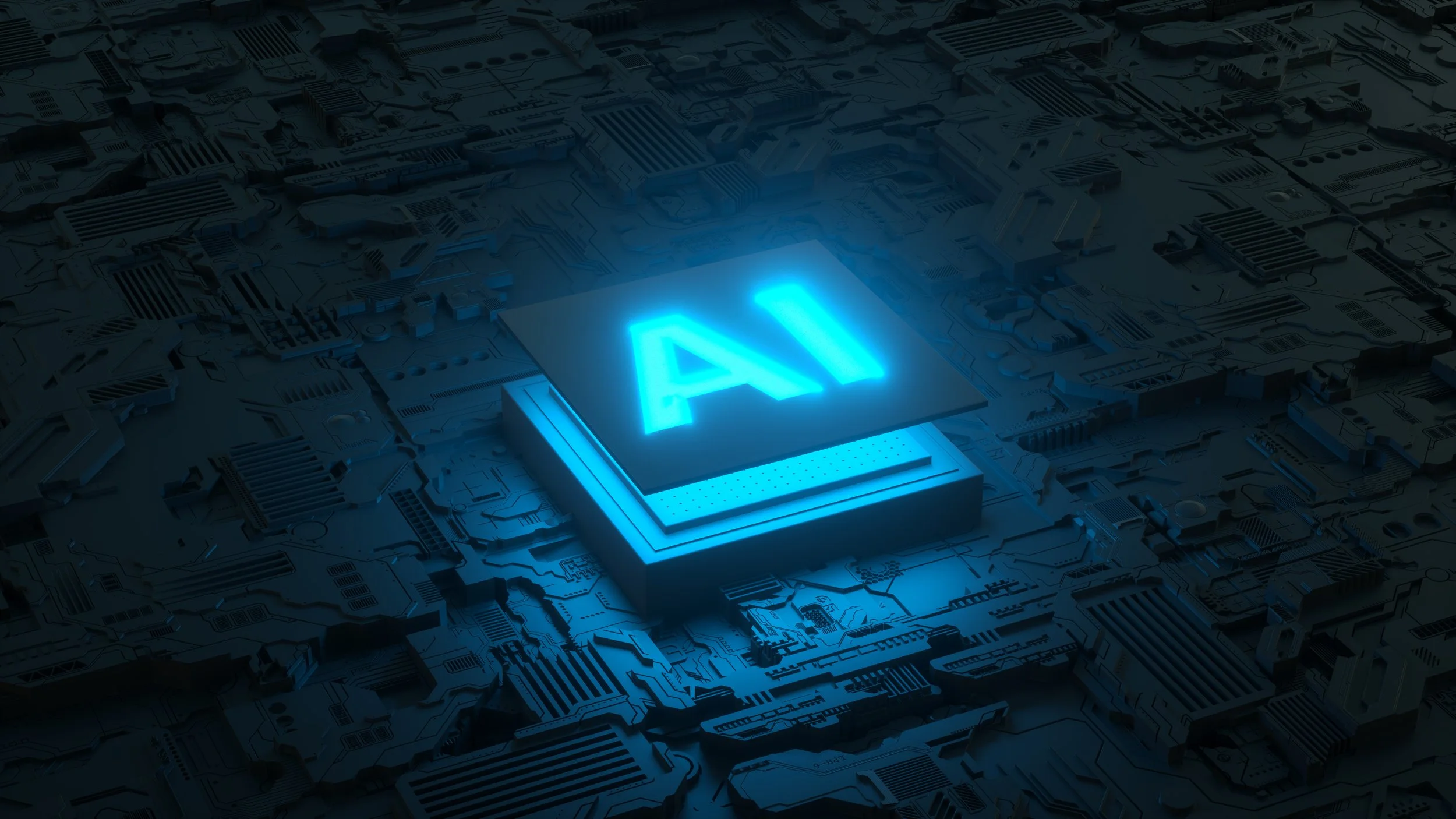DeepSeek vs OpenAI: Why Top Open Source AI Models Are Gaining Ground
The massive price difference between AI model providers has captured attention across the tech industry. Some of the best open-source AI models now offer services at a fraction of the cost of traditional options. DeepSeek’s R1 model exemplifies this shift, providing API access for just $0.14 per million tokens—compared to OpenAI’s $7.50. This dramatic gap is reshaping the AI services landscape.
DeepSeek’s R1 boasts 671 billion parameters and matches or surpasses OpenAI’s models on key benchmarks such as AIME, MATH-500, and SWE-bench Verified. Moreover, DeepSeek’s use of the MIT license allows unrestricted commercial and academic use, a stark contrast to the proprietary restrictions of Western companies. This openness and efficiency raise critical questions about the future accessibility of AI technologies.
Technical Architecture and Performance Analysis
DeepSeek's R1 model features a groundbreaking Mixture of Experts (MoE) architecture that uses 671 billion parameters smartly. The system activates just 37 billion parameters in each forward pass. This design is vital to handle complex reasoning chains and heavy computational loads.
The model's results are impressive. DeepSeek-R1 hits 79.8% on AIME 2024 and scores 97.3% on MATH-500. Its problem-solving skills shine through a Codeforces rating of 2029.
Pure reinforcement learning powers the training process instead of supervised fine-tuning. This approach lets the model develop its own chain-of-thought reasoning and self-verification skills. The system uses cold-start data before applying reinforcement learning to fix common problems like endless loops and poor readability.
The model runs well on different hardware setups. The smaller versions work great on consumer machines:
DeepSeek-R1-Distill-Qwen-1.5B runs on a single consumer GPU
DeepSeek-R1-Distill-Qwen-7B needs about 20GB VRAM
DeepSeek-R1-Distill-Qwen-32B works best with 2-4 GPUs
The MoE routing system assigns specialized experts to handle different reasoning tasks, from math calculations to logical thinking. This smart approach keeps performance high without excessive computational costs. The proof is in its ability to process sequences up to 128K tokens long.
Democratizing AI Development
DeepSeek's achievement in building R1 for under $6 million shows a fundamental change in how we access open-source AI development. This economical solution costs nowhere near the billions that major tech companies usually spend.
API pricing shows how DeepSeek makes a difference:
Input tokens at $0.55 per million
Output tokens at $2.19 per million
These rates make AI development available to organizations of any size and lower the barriers for smaller companies and researchers.
Developers can organize and customize their datasets with TensorFlow Datasets and other tools, whatever ML framework they choose. This flexibility and community-driven development create a resilient ecosystem where developers across the globe help improve the technology.
Organizations that handle sensitive data benefit from the open-source approach because they can run models within their secure infrastructure. They retain control over deployment in both on-premises and cloud environments while keeping costs down.
Google's 10-year-old foundation of collaborative innovation comes from its contributions like TensorFlow, JAX, and Kubernetes. DeepSeek builds on this by providing complete transparency and creating an environment where developers study, modify, and boost the core technology.
Industry Impact and Market Dynamics
DeepSeek's arrival in the market has rattled the AI industry. Tech stocks took a hit with Nvidia experiencing a 12% drop in pre-market trading. This reaction comes from DeepSeek's success in matching competitor performance at much lower costs.
AI development costs tell an interesting story. The original computing costs at OpenAI were 5 times more than their employee expenses. Anthropic spent almost 10 times more on computing than on their staff. The scene has changed dramatically now. DeepSeek has shown it can develop high-performance AI for under $6 million. This is a big deal as it means that the traditional billion-dollar investment model might not be necessary anymore.
The market shows several key changes:
Training costs stabilization
Big drops in inference cost
Improved model efficiency
More competition in hosting services
These changes reach far beyond just money matters. Platforms like Hugging Face now host over a million models and datasets. This digital world promotes quick innovation cycles. Teams can develop faster and spot potential risks or biases sooner through shared efforts.
Base AI capabilities are becoming more like commodities. In spite of that, large investments from proprietary model developers show that premium services and specialized applications still hold much value. Computing costs have stabilized. Now, the race in AI development centers on data quality, model fine-tuning, and creative applications that exceed basic performance metrics.
Conclusion
DeepSeek has created a breakthrough in AI development. Their R1 model shows that great AI systems don't need massive budgets. The model achieves competitive results with 671 billion parameters at a cost below $6 million, which challenges what we thought about AI development costs.
DeepSeek R1's technical success shows through its high standard scores and smart parameter handling. This points to a radical alteration toward more available AI development. The MIT license makes it possible for developers worldwide to get into the code, modify it, and boost the technology. This mirrors how Kubernetes reshaped container orchestration.
Market responses, including Nvidia's stock movements, without doubt show how DeepSeek's approach could shake up the industry. While these results look promising, we need proper verification of performance claims and complete testing. If current results stay true, DeepSeek's model could speed up AI democratization and keep high standards of capability and reliability.
DeepSeek's affordable API pricing, innovative MoE architecture, and steadfast dedication to open-source principles make it a powerful force that reshapes AI development. Companies that want to advance their AI capabilities should tap into DeepSeek's offerings. They can also help its growth through the open-source community.



